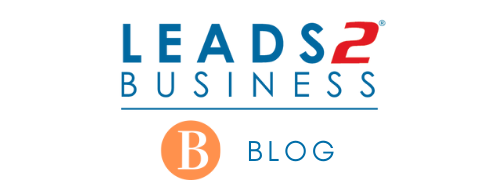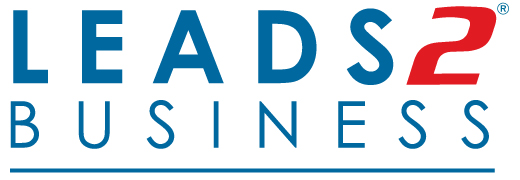Putting your Best Foot Forward when presenting Yourself
Easy. Follow instructions.
If it specifies that the tender document must be filled out in black ink; fill it out in black ink. The odds are there’s a very unamused Supply Chain Manager who’s had to deal with documents filled out in anything from pink crayon to pencil (the ultimate indicator of shady goings on). He will most probably not understand the aesthetic superiority of blue ink or the sudden and inexplicable disappearance of all black pens ever, or any other excuse you might come up with. If it specifies that you have to hand in not only the original tender document, but also multiple copies; be professional and show up on the closing day with the aforementioned multiple copies. Do not put yourself in a position to pull an Oliver “Please sir, can I use your photocopier?”. Anyone else hear a resounding “No!”.
Granted, these details do not seem important when faced with pricing and filling out a document that is responsible for the felling of a small forest. These details do not compare with cement prices or transport costs or the fact that your site is slowly turning into marshland, is being disputed by two traditional authorities and a lone extremely endangered frog has decided to take up residence slap bang in the middle of where your new shiny Mall is supposed to go. But that’s not the point. The devils’ in the detail.
When I get called by telemarketers and they get my name wrong, all bets are off. My logic being, if you can’t get my name correct, why would I give you my hard earned money? If you can’t even remember to sign your own tender document, why should the Municipality/ Department trust you to build that bridge?
Yes, this is a small detail and, I will also concede, petty. But it’s also indicative. There are no business dealings today that don’t involve a contract or some sort of written agreement. These are made entirely up of small details, seemly insignificant details that all parties agree to abide by. Should one of these parties decide to not abide by one of these little details, another profession tends to get involved. They make sharks look fluffy by comparison.
In 1999, the Mars Climate Orbiter, sent to observe Mar’s weather, burnt up in the Martian atmosphere. NASA investigated and discovered the use of English units, instead of Metric units in the calculations. Oops. A detail so small and taken for granted, it was never checked. $125 million up in smoke.
Do you really want to lose a tender because you didn’t carry a total across? Or because you handed it in too late? Or couldn’t be bothered to hand in your Tax Clearance certificate?
In filling out documents, this is not an opportunity to “stick it to the man”. If you want to do business, then be professional and conscientious. It isn’t other people’s responsibility (never mind the Government’s) to give you a break. This is tenders – the competition is ruthless.
So I can’t help you with the price of cement or the fact that petrol’s gone up three times in as many months or with your frog-infested marshland overrun with Environmental types. But I can tell you, to watch the details. Those buggers will get you everytime.
About Claire Donaldson
I started working at Leads 2 Business in February 2005, and have served as Head of Department of Daily Tenders from 2007 until the present. I oversee both the Daily Tenders South Africa and Africa Departments.
- Web |
- More Posts(66)











